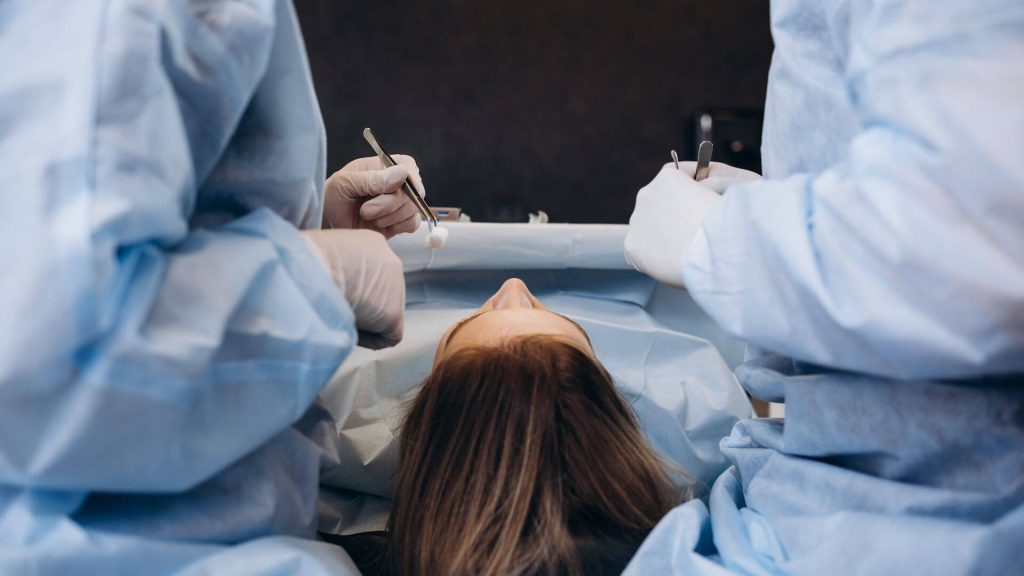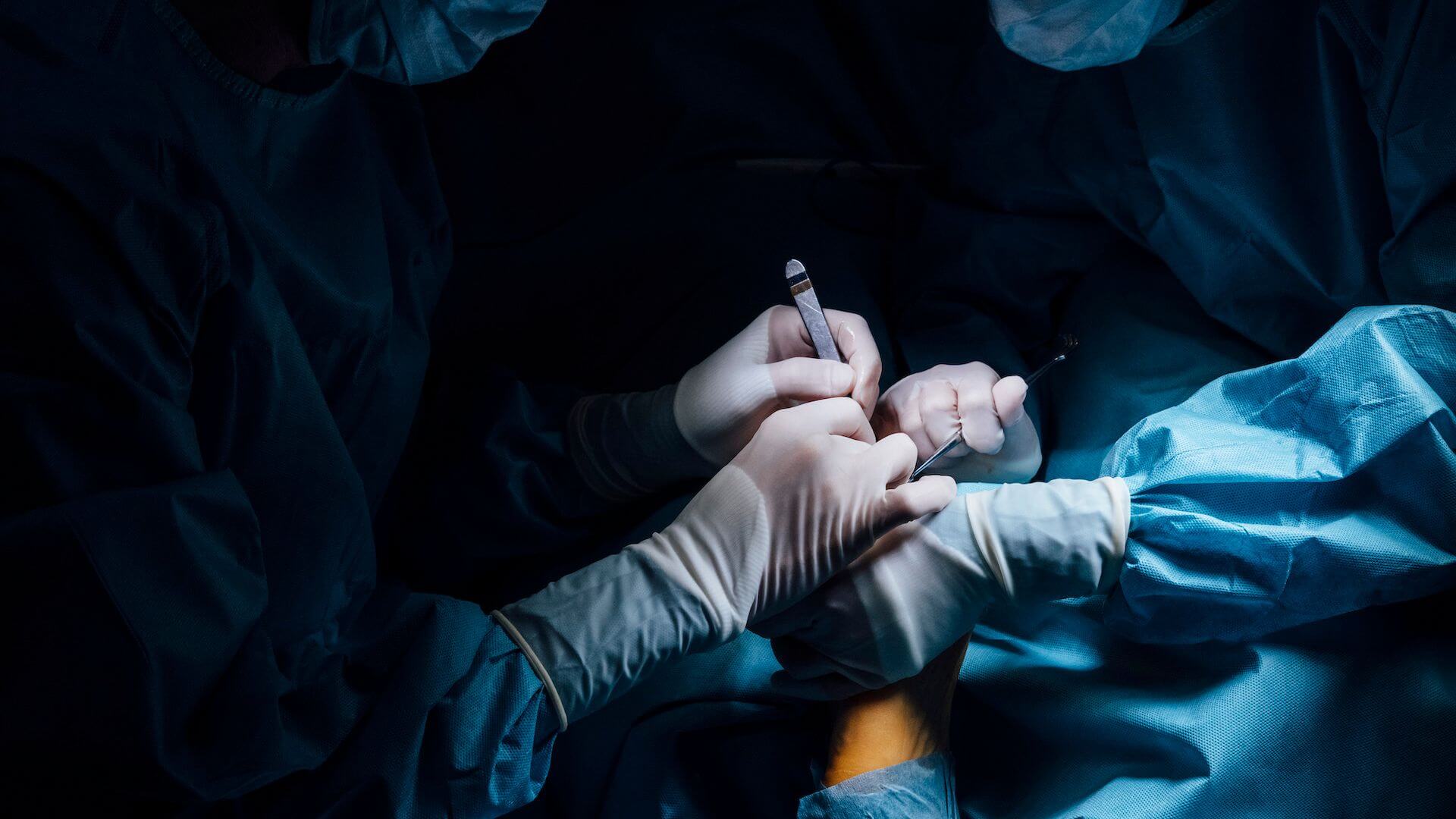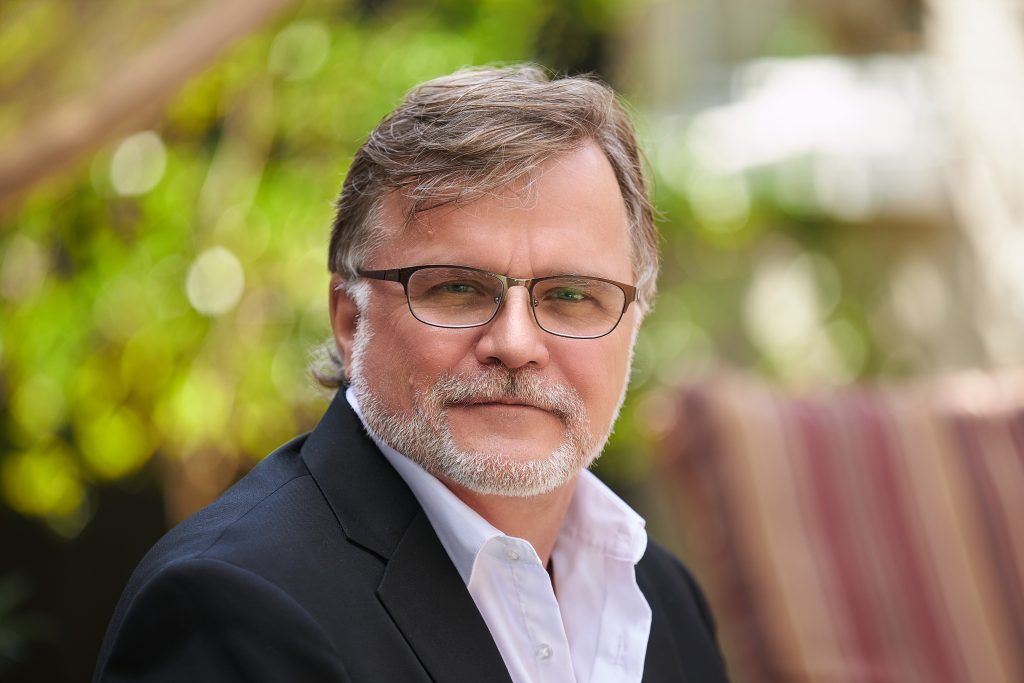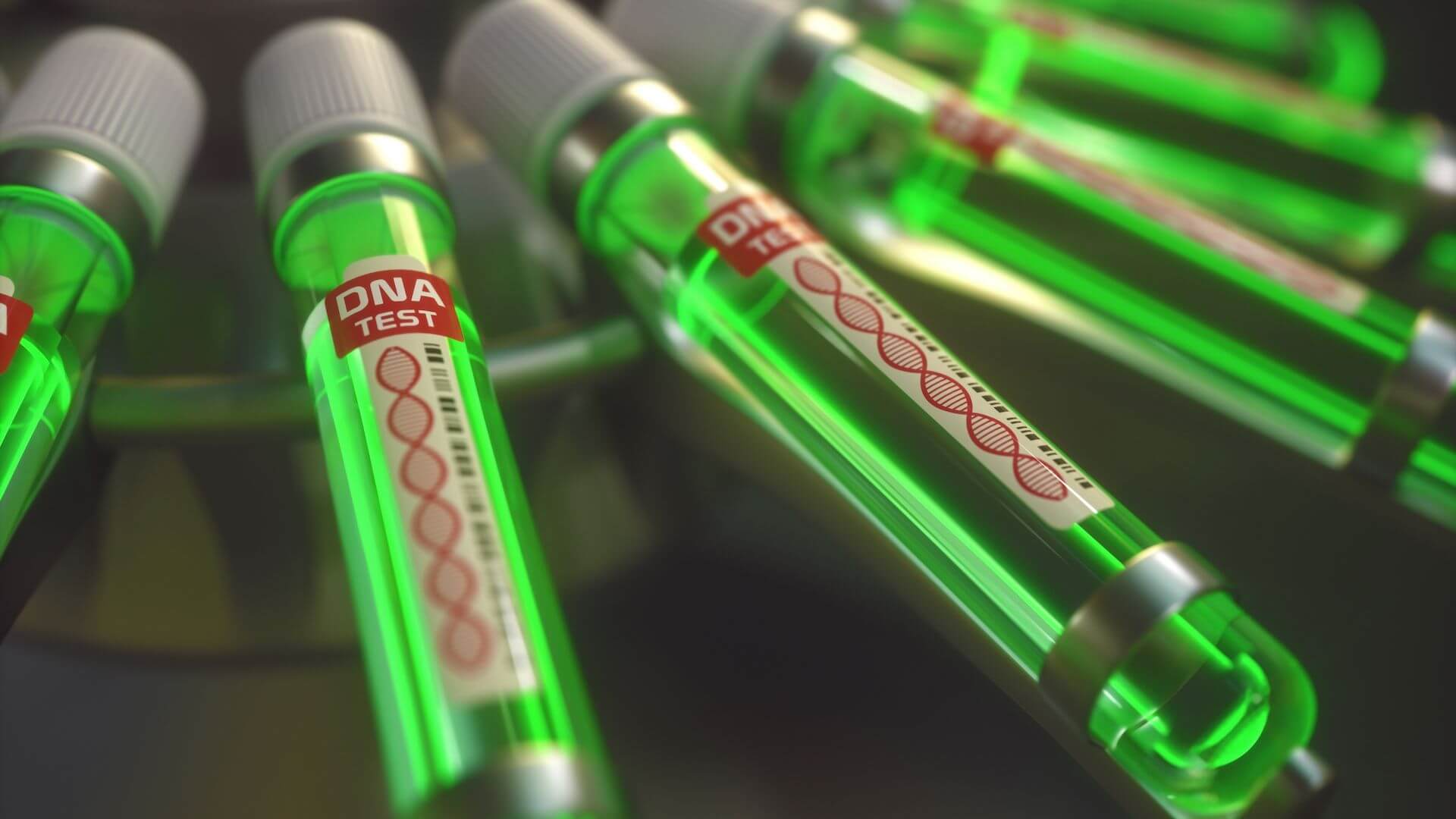Regenerative Medicine and Plastic Surgery
- Home
- Services
- Regenerative Medicine and Plastic Surgery
Regenerative Medicine and
Plastic Surgery
by Dr. Bart Rademaker
Dr. Bart Rademaker is dedicated to the refined art of helping you redefine beauty at any age. The journey is one of personal transformation, outside and in.
Founder and renowned Board Certified Plastic Surgeon, Dr. Bart Rademaker, is with you every step of the way. With long-time experience, unusual sensitivity and attention, he is your dedicated partner and guide through the world of aesthetic treatments and plastic surgeries.
To find out more how you can take advantage of the best of science and harness the potential of your own body to restore form and function. Visit www.myrejuvacenter.com
The fields of regenerative medicine and plastic surgery have brought about significant advancements in healthcare. Individually, they offer innovative solutions to various health and aesthetic concerns. However, when combined, they create a synergistic approach that not only improves the results of plastic surgery procedures but also positively impacts patients’ overall well-being. This article will delve into the union of regenerative medicine and plastic surgery, its uses, advantages, and the promising future it holds.
Introducing the visionary world of transformative healthcare led by Dr. Bart Rademaker, a trailblazer at the intersection of regenerative medicine and plastic surgery. Dr. Rademaker’s commitment to innovation and patient-centric care has elevated the standard, offering a holistic approach beyond aesthetics. With a wealth of experience and a passion for pushing the boundaries of medical possibilities, Dr. Rademaker is not just a surgeon but a trusted guide on the journey to rejuvenation and self-discovery. Welcome to a realm where innovation meets compassion, and each transformation is a testament to the artistry of healing.
What is Regenerative Medicine?
Regenerative medicine is a field that focuses on restoring or establishing normal form and function by the replacement, engineering, or regeneration of human cells, tissues, or organs. This can be achieved through different therapeutic approaches, including cells, tissues, drugs, synthetic biomaterials, and devices, to assist patients in healing more effectively from a wide range of conditions, such as trauma, cancer therapy, other diseases, and birth anomalies. The ultimate goal of regenerative medicine therapies is to restore damaged tissue and promote new tissue growth, which can help patients regain their health and quality of life.
Over the past twenty years, numerous clinicians and scientists in various medical fields have conducted research and made progress in regenerative medicine. However, plastic surgeons have played a significant role in advancing new treatments and discoveries, particularly in the clinical arena and as leaders in scientific breakthroughs.
The current areas of focus for both research and clinical care include:
1. Burn Care
In plastic surgery, medical professionals have been utilizing protein scaffolds to regenerate the dermal layer of skin, specifically in cases where patients have suffered from burn injuries. This innovative technique has shown promising results in promoting skin growth and healing in affected areas.

2. Nerve Regeneration
Plastic surgeons specializing in hand and upper or lower extremity surgery are exploring innovative approaches to nerve regeneration and restoring optimal function after nerve injury. These treatments entail using growth factors and specialized biomaterials to encourage nerve healing and direct the nerve fibers’ growth.
Breast Reconstruction
It has been found that breast cancer survivors can greatly benefit from utilizing decellularized tissue scaffolds in the process of breast reconstruction. These scaffolds can aid in regenerating new tissue layers over implants, resulting in a more effective and successful reconstruction outcome. This innovative approach offers a promising solution for those seeking to restore their physical appearance and confidence following breast cancer treatment.
3. Wound Care
Healing complex wounds is a key goal of tissue engineering and regenerative medicine. Scientists use skin substitutes made of living cells grown in labs to achieve this. They also explore the benefits of using growth factors to promote wound healing. However, one of the most promising advancements in wound healing is the use of negative pressure devices. These devices, discovered by a plastic surgeon, use negative pressure and micro-mechanical forces to stimulate healing in hard-to-heal wounds.
4. Fat Grafting and Adipose Stem Cell Therapy
There has been a major breakthrough in surgical regenerative medicine where transferring fat tissue minimally invasively is now possible. This technique enables the regeneration of fat tissue in other parts of a patient’s body using their extra fat tissue, revolutionizing reconstructive procedures like breast reconstruction. Additionally, it’s important to note that fat tissue contains adult mesenchymal stem cells, which plastic surgeons easily isolate. These adipose-derived stem cells can potentially treat various disorders throughout the body.

5. Scar Treatment
There have been notable developments in regenerative therapies that utilize energy-based devices, namely lasers and intense pulsed light, to enhance the process of scar healing. Medical professionals, specifically plastic surgeons, have honed their expertise in studying the intricate nature of scar biology and analyzing the effects of molecular signals on the overall healing process. Through these innovative techniques and dedicated research, experts aim to enhance the effectiveness of scar treatments for individuals who wish to enhance their physical appearance and overall well-being.
6. Hand and Face Transplantation
Hand and face transplantation is an innovative field that offers a life-restoring therapy for patients who have experienced severe trauma or other disease processes that result in the loss of their hands or face. It is an advanced form of “Tissue replacement therapy” that has proven successful in numerous cases. Although many people are unaware of this fact, plastic surgeons have been at the forefront of this area of medicine for many years. Dr. Joseph Murray, a plastic surgeon, performed the very first successful human organ transplant in 1954 when he executed a kidney transplant. Since then, plastic surgeons have built upon his legacy and developed this new hand and face transplantation field. This field combines cell therapy to regulate the immune response and reduce reliance on toxic immunosuppressive drugs.
7. Bioprosthetic Interfaces
The field of regenerative medicine is exploring ways to connect severed nerve endings to powered artificial limbs. This process typically involves re-routing nerve endings to different muscles, which allows sensors on the skin to detect signals and send them to a computer that controls the prosthetic limb.
8. Bone Regeneration
Plastic surgeons are using calcium-based scaffolds and biomaterials that are derived from bone. These materials are being utilized to form new bone tissue in patients who have suffered from extensive face or limb trauma, resulting in large segments of missing bone. These innovative techniques have proven to be highly effective for reconstructive purposes, providing patients with a restored appearance and improved functionality.
9. Custom-Made Tissue Flaps
When dealing with deformities involving intricate structures, like a significant portion of the nose, plastic surgeons are now creating replacement parts in different body areas. This technique, known as “flap prefabrication,” involves constructing the structure using tissue grafts and moving it to the affected area after it has healed.
10. Generation of New Skin by Tissue Expansion
Plastic surgeons are using implanted balloon devices to gradually expand and create new skin tissue, which can effectively treat deformities and birth anomalies, including breast reconstruction. This innovative technique transforms breast reconstruction and is also used to treat a range of congenital abnormalities.
11. Platelet-Rich Plasma (PRP) Therapy
Platelet-rich plasma (PRP) is derived from a patient’s blood and has been shown to stimulate tissue repair. This treatment is commonly utilized in orthopedic and aesthetic procedures because it promotes natural healing processes within the body. PRP therapy is a safe and powerful alternative to traditional methods. It has become increasingly popular among individuals seeking to optimize their recovery and achieve optimal results.
How Regenerative Medicine Works
Regenerative medicine aims to improve the body’s ability to heal itself naturally. Treatments like stem cell therapy and PRP activate the body’s repair mechanisms by replacing damaged cells with new, healthy tissues. Undifferentiated stem cells can develop into specialized cells in the body. They can renew themselves and divide, produce more stem cells, or transform into cells with particular functions. In contrast, Platelet-Rich Plasma (PRP) is a concentrated platelet solution containing growth factors and other bioactive proteins. Regenerative medicine utilizes PRP to stimulate tissue growth, hasten healing, and alleviate inflammation and pain.
What is Plastic Surgery?

Plastic surgery offers various procedures to improve, reconstruct, or modify someone’s physical appearance. Although it is often linked to cosmetic surgery, it also plays a crucial part in reconstructive surgery. This type of surgery aims to restore normal function and appearance to people who have experienced trauma or illness. Whether repairing facial injuries caused by accidents or reconstructing breasts after a mastectomy, plastic surgery holds immense potential to help individuals regain their confidence and lead a fulfilling life.
Aesthetic Goals in Plastic Surgery
Aesthetic plastic surgery is dedicated to improving a person’s appearance, self-esteem, and overall quality of life. The elective procedures are typically driven by individual desires to enhance specific body features. However, the success of these procedures often depends on more than surgical intervention alone. This is where regenerative medicine comes in, which involves using cutting-edge technology to stimulate the body’s natural healing processes and promote tissue regeneration.
The Synergy of Regenerative Medicine and Plastic Surgery
Pre-Surgical Preparation
Patients often seek treatments to improve their physical condition before plastic surgery. Regenerative medicine has several applications:
1. Tissue Conditioning
Platelet-rich plasma (PRP) therapy is a non-surgical cosmetic treatment that improves skin quality and elasticity. This makes it an excellent complementary procedure to consider alongside facelift and breast augmentation surgeries.
2. Fat Grafting
A highly beneficial technique that has emerged in recent years is stem cell-enriched fat grafting. This innovative approach has proven to significantly improve the outcomes of both liposuction and breast reconstruction procedures. By promoting better tissue integration, this technique helps to reduce the risk of complications and ensures a smoother, more successful recovery.
During Surgery

Regenerative medicine is a useful application in plastic surgery procedures.
1. Stem Cell Augmentation
Incorporating stem cells into breast or buttock augmentation procedures has promoted healing and tissue regeneration, resulting in a more natural and long-lasting outcome.
2. Tissue Regeneration
Tissue engineering plays a crucial role in complex reconstructive surgeries by creating custom implants that fit perfectly and reduce the likelihood of complications. By utilizing advanced technologies and techniques, surgeons can design implants tailored to each patient’s specific needs, ensuring optimal outcomes.
Post-Surgical Healing
Regenerative medicine is crucial for accelerating healing and minimizing scarring after plastic surgery.
1. PRP for Wound Healing
When PRP is applied topically or injected, it has been shown to have the ability to speed up the healing process and reduce the formation of scars following a surgical procedure. This treatment can be a valuable option for patients who want to promote better healing outcomes and minimize the appearance of scars after surgery.
2. Stem Cell Therapy for Scar Revision
Stem cells have been found to have a remarkable ability to promote tissue regeneration, which can result in significant improvements in wound healing and scar appearance following surgery. This unique biological property is due to their ability to differentiate into various cell types, including those critical for repairing and regenerating damaged tissues.
The Future of Regenerative Medicine and Plastic Surgery
In the dynamic realms of regenerative medicine and plastic surgery, continual research and innovation drive the evolution of these fields. Exciting areas of development are shaping the future, with bioprinting emerging as a transformative technology. This involves the groundbreaking ability to 3D-print tissues and organs, offering new possibilities for transplantation and reconstructive purposes.
Gene therapy, another frontier, explores using genetic techniques to enhance tissue regeneration and accelerate the healing process.
Additionally, the integration of nanotechnology is paving the way for the developing of nanoscale materials tailored for targeted drug delivery and precise tissue repair.
These ongoing advancements underscore the commitment of researchers and practitioners to push the boundaries of what is possible, promising a future where regenerative medicine and plastic surgery continue to redefine healthcare possibilities.
Dr. Bart Rademaker: Advocating Regenerative and Plastic Surgery

Dr. Bart Rademaker is a distinguished figure in regenerative and plastic surgery. With a profound dedication to innovation and a commitment to patient well-being, Dr. Rademaker has become a leading authority in the field, offering life-changing transformations and holistic healthcare experiences.
The Visionary Surgeon
Dr. Bart Rademaker is more than just a surgeon; he is a visionary who has redefined the possibilities of regenerative medicine and plastic surgery. As a board-certified plastic surgeon and regenerative medicine specialist, Dr. Rademaker brings a wealth of experience and expertise to every procedure he performs.
A Trailblazer in Regenerative Medicine
Dr. Rademaker’s journey into regenerative medicine began with a deep-rooted belief in the body’s remarkable ability to heal and rejuvenate itself. He has pioneered the integration of regenerative therapies into plastic surgery, offering patients a holistic approach that prioritizes not just aesthetic outcomes but also overall health and well-being.
Holistic Patient Care
What sets Dr. Rademaker apart is his unwavering commitment to holistic patient care. He understands that every individual is unique, and their healthcare journey should reflect this. Dr. Rademaker takes the time to listen to his patients, ensuring their goals and concerns are addressed comprehensively.
Innovative Procedures for Remarkable Results
Dr. Rademaker’s practice showcases a portfolio of innovative procedures that combine plastic surgery’s precision with regenerative medicine’s transformative power. From stem cell-enriched fat grafting to the latest advancements in facial rejuvenation, Dr. Rademaker offers cutting-edge treatments that yield remarkable and long-lasting results.
Patient-Centric Approach
Dr. Rademaker believes that informed patients are empowered patients. He is committed to providing education and transparency throughout every step of the treatment process, allowing patients to make confident decisions about their healthcare.
Frequently Asked Questions
What is Regenerative Medicine, And How Does It Relate to Plastic Surgery?
Regenerative medicine focuses on harnessing the body’s natural healing abilities to repair or replace damaged tissues. It uses stem cell therapy, platelet-rich plasma (PRP) therapy, and tissue engineering to promote healing and tissue regeneration. In plastic surgery, regenerative medicine is often used to enhance surgical outcomes. For example, stem cell-enriched fat grafting can improve tissue integration in breast augmentation, and PRP can aid in faster wound healing and scar reduction.
Are Regenerative Procedures in Plastic Surgery Safe?
Regenerative procedures in plastic surgery are generally safe if you seek a qualified surgeon’s expertise. These procedures often use the patient’s tissues, such as autologous fat or PRP, reducing the risk of allergic reactions or rejection. However, like any medical intervention, there are potential risks and complications. Discussing these risks with your surgeon and ensuring you choose a board-certified and reputable plastic surgeon is essential.
Can Regenerative Medicine Replace Traditional Plastic Surgery Procedures?
Regenerative medicine can complement traditional plastic surgery procedures but may not entirely replace them. While regenerative techniques offer non-surgical or minimally invasive alternatives for some cosmetic concerns, they may not provide the same dramatic results as surgical procedures in cases of significant tissue laxity or deformities. The choice between regenerative medicine and traditional surgery depends on individual goals and the specific condition being treated.
Highly Experienced Regenerative and Plastic Surgeon

Regenerative medicine and plastic surgery are two dynamic fields that, when combined, offer an unprecedented opportunity to improve both aesthetics and healing. This synergistic approach has the potential to redefine the future of healthcare, providing patients with more personalized and effective treatment options. As research continues and technology evolves, the possibilities for regenerative medicine and plastic surgery are limitless, promising a brighter and more beautiful future for those seeking these transformative solutions.
Dr. Bart is a highly experienced regenerative and plastic surgeon. He offers an unparalleled experience for all his patients. His commitment to innovation, patient well-being, and transformative results make him a trusted name in the field.
Want to learn more about Regenerative Medicine?
- Dr. Bart Rademaker
- 813-884-0160
- [email protected]
- 334 East Lake Road Palm Harbor, Florida 34685
Plastic Surgery
Healing Synergies
Learning Synergies
Blogs & Articles
The DNA Company and Genetic Risk Scores In an age marked by scientific advancements and technological marvels, the human genome
Recently, there has been a growing emphasis on sustainability across the globe, focusing on cleaner water and healthier food produced
Over the last six weeks, ChatGPT, an open-access AI model for “large language learning,” has dramatically entered American culture. The
It has been estimated that up to 95% of the current population is suffering from leaky gut syndrome, and many people may not even know that they have it
Make the Most out of Your Medical Practice
Have questions?
Get in touch with Dr. Rademaker.




